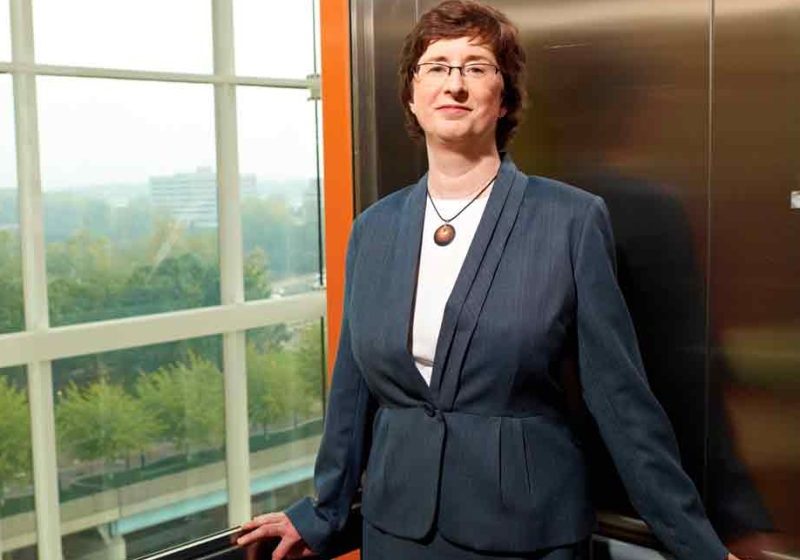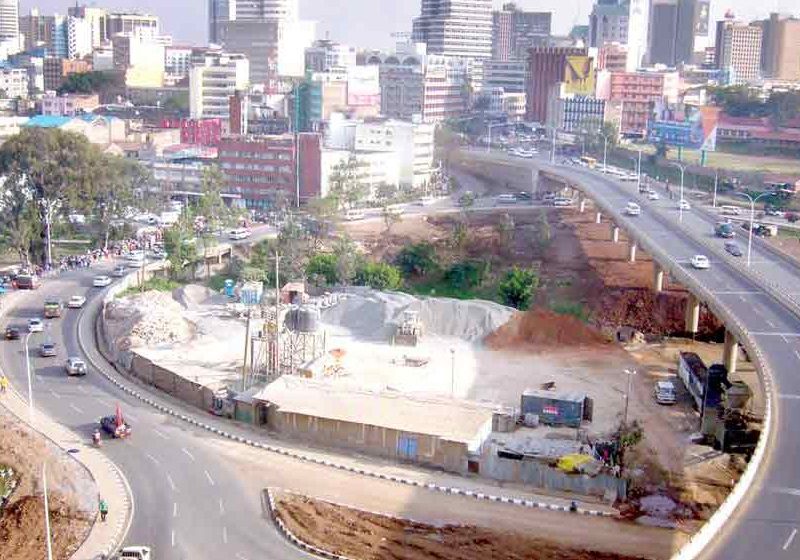The Chartered Institution of Building Services Engineers (CIBSE) event featured pertinent presentations and tabletop exhibits.
On November 13, 2012, a full house of lift professionals attended the Chartered Institution of Building Services Engineers (CIBSE) Lifts Group Annual Seminar held at the CIBSE Conference Centre in London. The strong attendance showed that interest in the activities of CIBSE is alive and valued. As usual, the event included a tabletop exhibition supported by a number of lift companies, which included useful discussions about the products. The exhibition was open from midday, which allowed 1-1/2 hr. before the start of the presentations.
The exhibition tables and screens were displayed around the walls and were within close proximity of the seminar area.
One of the most important features about CIBSE is that it is a forum for all professionals working in or connected to the lift and escalator industry. The audience consisted of lift consultants, suppliers/wholesalers, lift and components manufacturers, code specialists, association officers and recruitment companies. This mix of professionals shows hope that topics discussed at this event will be spread to those who could not attend.
Adam Scott introduced the seminar by welcoming delegates and announced the themes of the event. Technology presentations were given during session one with safety presentations during session two. Scott explained that the presenters in the first session have vast and diverse experience in the lift industry and would present the topic of how lift technology is used in the marketplace.
Dr. Richard Peters of Peters Research Ltd. began the presentations with his paper “Lift Performance Time” (ELEVATOR WORLD, January 2013). The presentation discussed how lift performance time is measured and how long it takes for a lift to travel between floors. The subject includes many factors, with door opening and closing having a major effect on handling capacity and passenger waiting times. It can be modeled in traffic analysis and simulation through the application of lift kinematics. Formulae can be used to calculate travel times and plot the distance traveled, velocity, acceleration and jerk against time.
Adrian Shiner, a lift consultant with several years of experience in lift design and drafts of codes, gave a presentation that made the audience think. Shiner stated in his preamble that despite advances in lift technology, several areas of lift design are still costly for lift owners. Shiner explained that two major drivers of lift design advances are ride comfort and reduced energy consumption. According to him, passenger comfort is easily specified but can be hard to achieve on site. The interaction between the building and lift is seldom analyzed in order to achieve the desired results. A similar situation pertains to the acoustic transmission of noise between the building and lift. Lifts commonly use a lot of steel; however, energy use considerations may lead to other materials being used.
The lift industry has a long way to go in order to provide reliability-based maintenance that is an asset to both the lift owner and the maintenance provider. Many current approaches to maintenance are based on inadequate knowledge of the maintenance needs of individual equipment designs. Most mechanical devices wear out due to running time, not calendar time. Design changes and information needed to provide improved maintenance should be explored.
Michael Bottomley of Lerch Bates Ltd. and chair of CIBSE provided a presentation on vertical transportation in residential buildings. According to Bottomley, lifts have been installed in residential buildings for more than 130 years. There are perhaps more lifts installed in residential buildings than any other type of building, and yet there has been surprisingly little research carried out in this area. Bottomley’s paper examines the types of lifts installed in residential buildings and questions the rules that have led to existing designs. The types of residences are analyzed, and designs are considered for lifts subject to vandalism.
Dr. Gina Barney of Gina Barney Associates; Nick Mellor, Technical director of the Lift and Escalator Industry Association (LEIA); and Derek Smith, former Technical director of LEIA, provided a presentation about the British Standard BS 7255:2012. Barney startedthe session by introducing the book BS 7255:2012 Code of Practice for Safe Working on Lifts, which provides recommendations for safe working practices for owners, persons having effective control of the premises where lifts are installed and persons responsible for and involved in the design, installation, thorough examination, inspection, testing, service, maintenance, repair and dismantling of lifts. It also provides recommendations for the safety of persons when gaining access to and from the work area on a lift installation and while working there, and the safety of others present in the vicinity. This standard is applicable to persons working on all types of lifts. There was much interaction during all the presentations, which indicates attendees identified areas that needed clarification and interpretation.
Scott closed the seminar and thanked presenters, attendees and companies for displaying products at the tabletop exhibition. Scott expressed confidence that the seminar gave attendees much to consider and encouraged everyone to discuss the event’s topics with colleagues. The next CIBSE Annual Seminar will be held in Manchester, U.K., in 2013, with presentations published after the event.
Get more of Elevator World. Sign up for our free e-newsletter.










